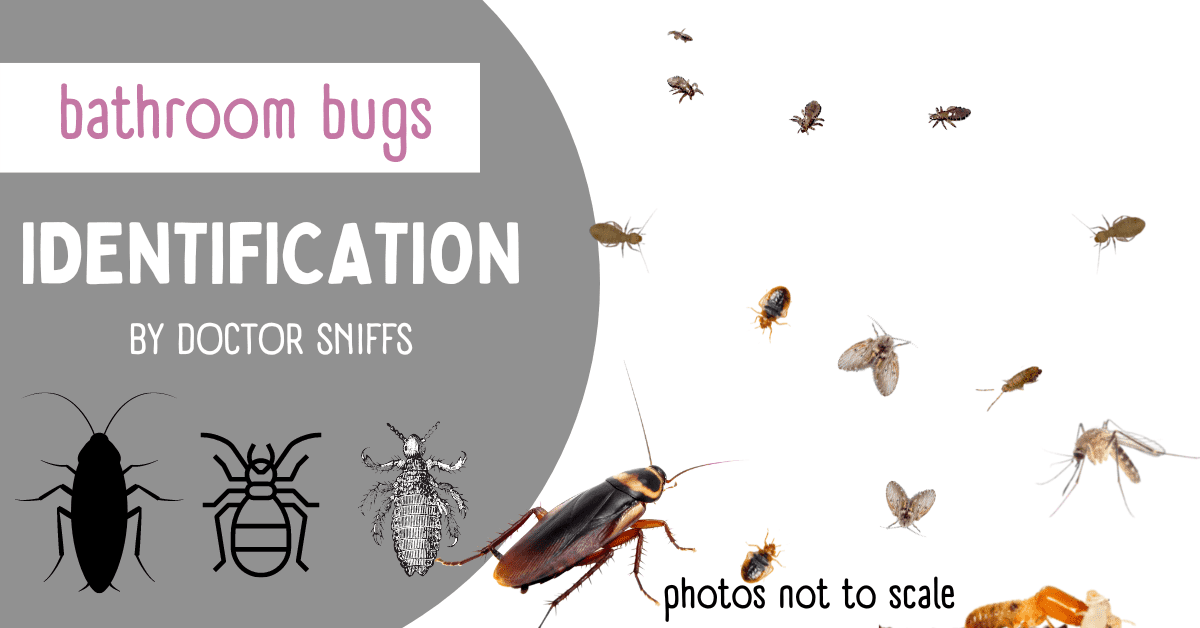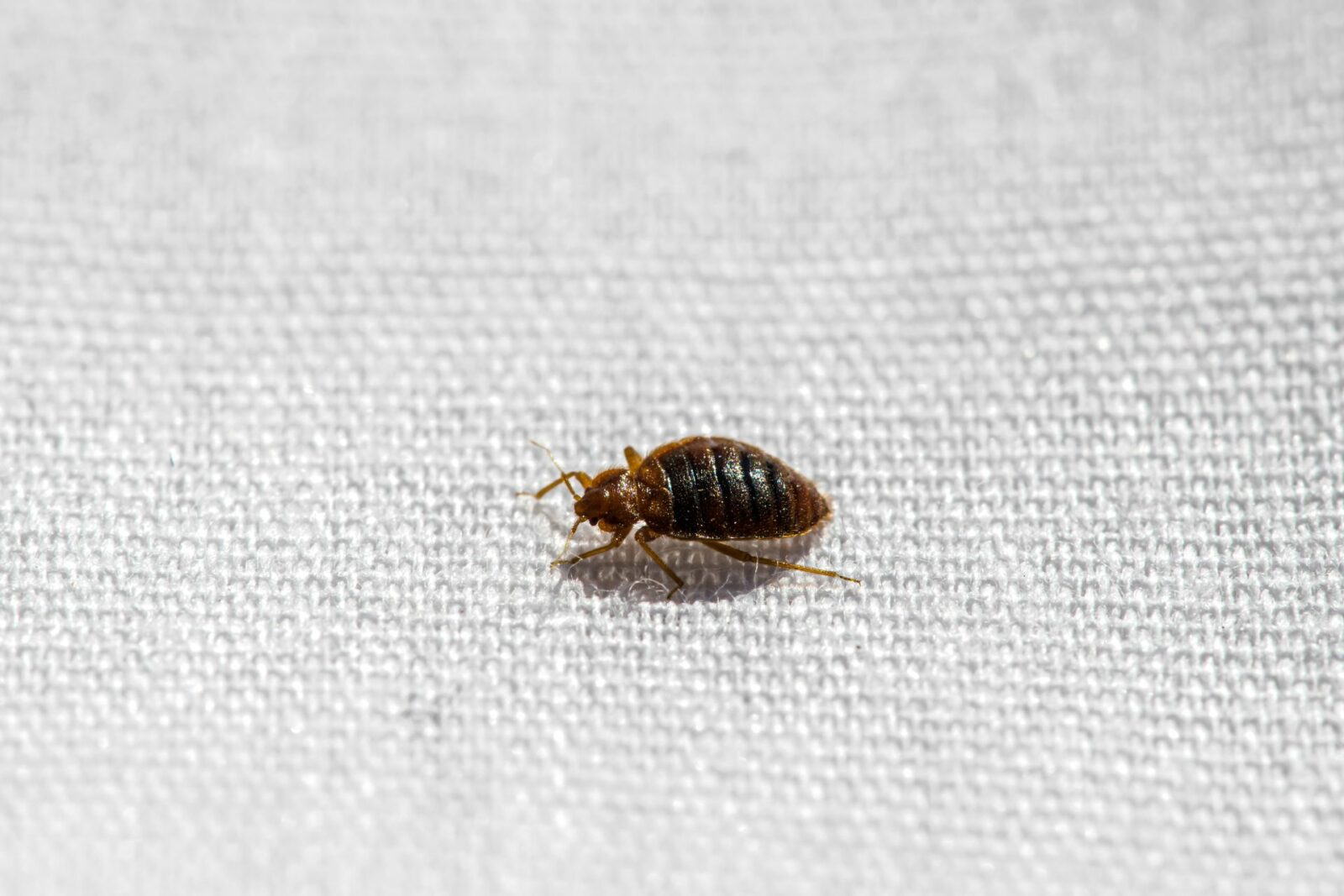Identifying Small Mites in the Bathroom: Small Mites In Bathroom

While it’s common to find tiny creatures in the bathroom, it’s not always easy to identify them. These small mites, often microscopic, can be a source of concern for those who discover them in their homes. Understanding the types of mites that inhabit bathrooms, their appearance, and behaviors can help you address any potential issues.
Types of Mites Found in Bathrooms
There are several types of mites that can be found in bathrooms, and some of the most common include:
- House Dust Mites: These microscopic creatures are ubiquitous and thrive in warm, humid environments, making bathrooms a prime habitat. They feed on dead skin cells, dust, and other organic matter.
- Storage Mites: Often found in damp areas like bathrooms, storage mites feed on mold, mildew, and other organic debris. They can cause allergic reactions in some individuals.
- Chiggers: While not typically found in bathrooms, chiggers are tiny mites that can occasionally invade homes and bite humans, causing irritation and discomfort.
Appearance of Bathroom Mites
Mites are incredibly small, often requiring a microscope to be seen clearly. However, some common characteristics can help identify them:
- House Dust Mites: These mites are oval-shaped and translucent, with eight legs. They are typically less than 0.5 millimeters long.
- Storage Mites: Similar in size and shape to house dust mites, storage mites can vary in color from white to brown.
- Chiggers: These mites are reddish-brown and have six legs. They are much smaller than house dust mites, measuring about 0.1 millimeters long.
Behaviors and Habitats of Bathroom Mites
Bathroom mites thrive in humid environments, often found in areas with standing water, such as shower stalls, bathtubs, and sinks. They also prefer areas with high organic matter, such as under sinks, around drains, and in shower curtains.
- House Dust Mites: These mites prefer warm, humid environments, feeding on dead skin cells, dust, and other organic matter. They are most active at night.
- Storage Mites: These mites feed on mold, mildew, and other organic debris. They are often found in damp areas, such as under sinks, around drains, and in shower curtains.
- Chiggers: Chiggers are typically found outdoors in grassy areas, but they can occasionally invade homes, especially during warm weather. They are attracted to moisture and often bite humans in areas covered by clothing.
Causes of Mite Infestations in Bathrooms

Bathrooms, with their high humidity and moisture levels, are often a prime breeding ground for mites. These microscopic creatures thrive in environments where they can find ample food and shelter, and bathrooms often provide both.
Factors that Attract Mites to Bathrooms
Bathrooms are attractive to mites due to a combination of factors that provide them with the necessary resources for survival and reproduction.
- Moisture and Humidity: Mites require high humidity levels to survive. Bathrooms, with their frequent exposure to water and steam, create a perfect environment for mite populations to flourish.
- Temperature: Warm temperatures, typical in most bathrooms, also contribute to mite growth and reproduction.
- Organic Matter: Mites feed on organic matter, such as dead skin cells, hair, dust, and mold. Bathrooms often contain these materials, providing a readily available food source for mites.
The Impact of Moisture and Humidity on Mite Populations
Moisture and humidity are critical factors in mite infestations. These tiny creatures require a moist environment to survive and reproduce.
- High Humidity: Humidity levels above 60% create ideal conditions for mite growth and reproduction.
- Moisture: Water droplets and condensation on bathroom surfaces provide mites with the moisture they need to thrive.
The Role of Organic Matter in Mite Infestations
Mites feed on organic matter, which is readily available in bathrooms.
- Dead Skin Cells: Bathrooms are areas where people shed dead skin cells, providing a food source for mites.
- Hair: Hair, especially in areas like showers and sinks, is another source of organic matter that attracts mites.
- Dust: Dust mites, a common type of mite, feed on dust particles that accumulate in bathrooms.
- Mold: Mold, which thrives in humid environments, can also attract mites.
Potential Sources of Mite Infestations in Bathrooms
Mite infestations in bathrooms can originate from various sources.
- Drains: Bathroom drains are a common source of mite infestations, as they often contain moisture and organic matter.
- Showerheads: Showerheads can also harbor mites, especially if they are not regularly cleaned.
- Carpets: Carpets in bathrooms can trap dust and organic matter, creating a suitable environment for mites.
Dealing with Mite Infestations

Mite infestations in bathrooms can be a nuisance, but they are manageable with proper cleaning and preventative measures. This section will guide you through effective methods for eliminating mites and preventing future infestations.
Eliminating Mites
A thorough cleaning approach is essential for eliminating mites. The following steps provide a detailed guide:
- Identify the Source: Before cleaning, pinpoint the source of the infestation. Check areas like shower curtains, grout lines, damp towels, and even infrequently used items. This helps target the cleaning efforts.
- Clean Thoroughly: Wash all fabrics like towels, bath mats, and shower curtains in hot water with detergent. For fabrics that cannot be washed, consider dry cleaning or using a steamer to kill mites.
- Disinfect Surfaces: Use a disinfectant cleaner to wipe down all bathroom surfaces, including walls, floors, and fixtures. Pay particular attention to grout lines, corners, and areas that tend to accumulate moisture.
- Vacuum Regularly: Regularly vacuum the bathroom floor and carpets to remove any lingering mites or their eggs. Consider using a vacuum cleaner with a HEPA filter for better dust mite removal.
- Address Moisture Issues: Mites thrive in damp environments. Repair any leaks or sources of moisture, ensure proper ventilation, and consider using a dehumidifier if necessary.
- Remove Clutter: Reduce clutter in the bathroom as it provides hiding places for mites. Keep items off the floor and surfaces to facilitate cleaning.
Effective Cleaning Products and Methods, Small mites in bathroom
Several products and methods are effective in eliminating mites:
- Disinfectant Cleaners: Use cleaners containing bleach or other disinfectants to kill mites on surfaces. Follow product instructions carefully.
- Borax: Borax is a natural cleaning agent that can help control mite populations. Sprinkle borax on carpets and leave it for a few hours before vacuuming.
- Tea Tree Oil: Tea tree oil has natural insecticidal properties. Dilute it with water and use it to clean surfaces or add a few drops to a spray bottle. Remember to test a small area first to ensure it doesn’t damage surfaces.
- Steam Cleaning: Steam cleaning can effectively kill mites and their eggs. Use a steam cleaner to clean carpets, upholstery, and other surfaces.
- Diatomaceous Earth: Diatomaceous earth is a natural powder made from fossilized algae. It dehydrates and kills mites by scratching their exoskeletons. Sprinkle it on carpets and leave it for a few hours before vacuuming.
Importance of Regular Cleaning and Preventative Measures
Regular cleaning is crucial for preventing mite infestations. Here’s why:
- Eliminates Mite Eggs: Regular cleaning removes mite eggs before they can hatch and multiply, preventing a full-blown infestation.
- Reduces Food Sources: Mites feed on dead skin cells and other organic debris. Frequent cleaning removes these food sources, making the bathroom less attractive to mites.
- Maintains a Clean Environment: A clean bathroom is less likely to attract pests, including mites. Regular cleaning helps maintain a healthy and hygienic environment.
Preventing Future Mite Infestations
These preventive measures can help keep mites at bay:
- Maintain Low Humidity: Use a dehumidifier to keep the bathroom humidity below 50%. Mites thrive in damp environments, so reducing humidity is essential.
- Improve Ventilation: Ensure adequate ventilation by using exhaust fans during and after showers. This helps remove moisture and prevents mold growth, which can attract mites.
- Clean Regularly: Develop a regular cleaning schedule for your bathroom, including thorough cleaning of all surfaces, carpets, and fabrics. This prevents mite populations from building up.
- Wash Fabrics Regularly: Wash towels, bath mats, and shower curtains in hot water with detergent frequently. This eliminates mites and their eggs.
- Seal Cracks and Gaps: Seal any cracks or gaps in walls, floors, and around pipes to prevent mites from entering the bathroom.
- Store Items Properly: Keep items off the floor and surfaces to reduce clutter and potential hiding places for mites.
Small mites in bathroom – Small mites in the bathroom can be a frustrating problem, especially in tight spaces. If you’re dealing with a small bathroom, consider maximizing your space with compact corner toilets , which can free up valuable floor area. A cleaner bathroom with more room to move around might help you better address the mite issue, as they thrive in damp, cluttered environments.
Small mites in the bathroom can be a real nuisance, especially if you have a small space. You might find yourself feeling cramped while trying to deal with the issue, which is why it’s important to consider space-saving solutions.
If you’re looking for ways to combine your bathroom and laundry room in a limited space, check out this article on small bathroom and laundry room combo design solutions. Once you’ve tackled the space issue, you can focus on getting rid of those pesky mites and restoring your bathroom to a clean and comfortable environment.